

While bridges remain a crucial component of transport infrastructure, their construction often incurs enormous costs and ongoing expensive maintenance. In an era of expanding urban areas and congested traffic flows, traditional bridge projects are increasingly seen as insufficient solutions to contemporary challenges. Consequently, specialists are turning their attention to modern technologies, such as uST string rail complexes, which present a more economical and functional alternative.
Bridges are among the oldest examples of effective engineering, with some surviving crossings dating back over 3,000 years, originally built by the ancient Romans. It is known that bridges were in use even earlier.
In terms of design, modern bridges can be classified into static and movable types.
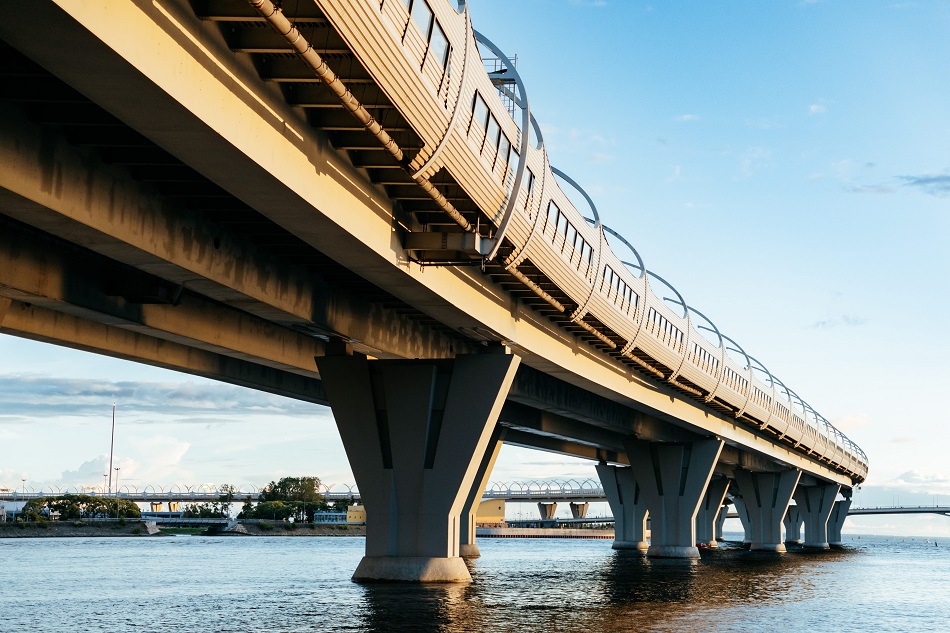
Static bridges include beam, strut, and composite types, while movable bridges, though rarer, are employed in situations where other engineering solutions are impractical.
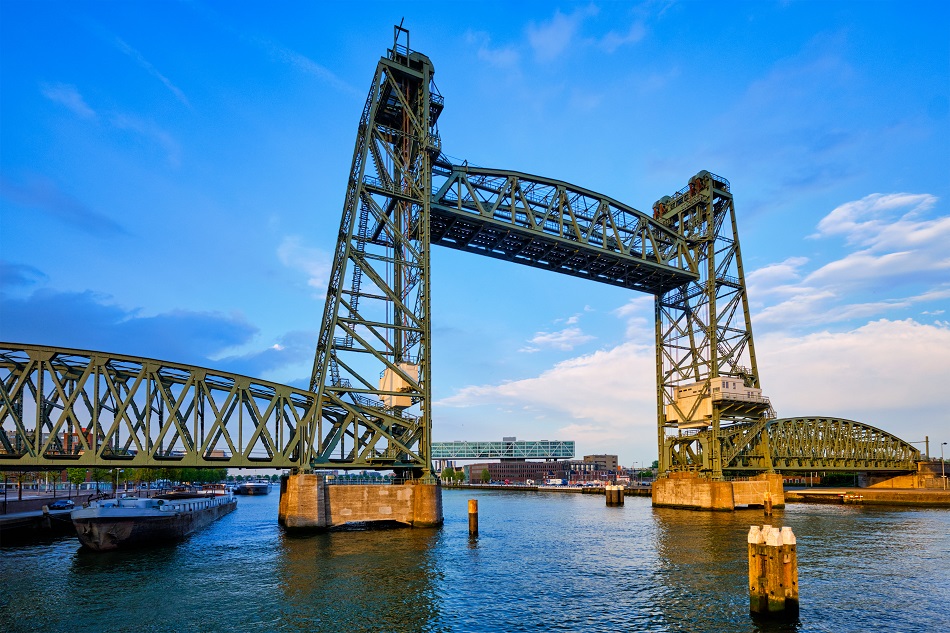
All bridge types share common elements: span structures comprising beams and trusses, and supports that include shore supports (abutments) and supporting towers (piers). Notably, drawbridges have spans that can move relative to their supports to accommodate passing vessels, adjusting along the x, y, or z axes.
Despite their logistical importance, the construction of bridges today is often economically unviable. The cost of building a modern bridge is staggering, with 1 km of a single-lane crossing costing up to five times more than a similar length of road. Factors contributing to these costs include the necessity for comprehensive geological assessments, the complexities of constructing foundations on unstable soils and in water, adverse climatic conditions, logistical challenges, and high material intensity.
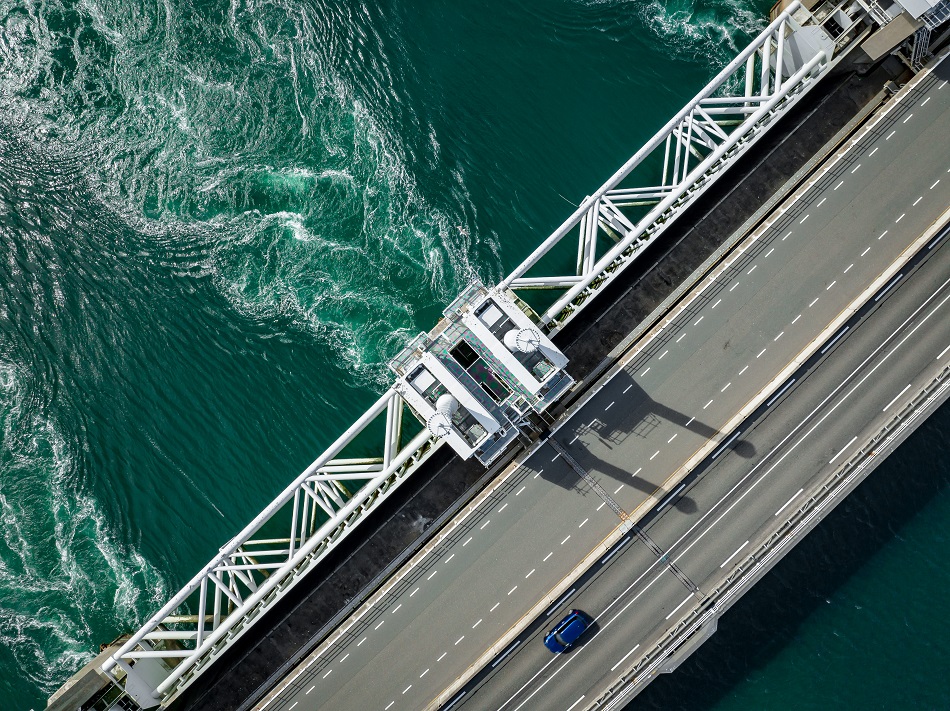
In addition to these general challenges, there are specific local issues, such as the economic underdevelopment of certain areas, which complicates logistics due to lengthy detours and urbanized road networks. These networks frequently pass through populated areas, inflating project costs with land acquisition expenses and the relocation of existing utilities.
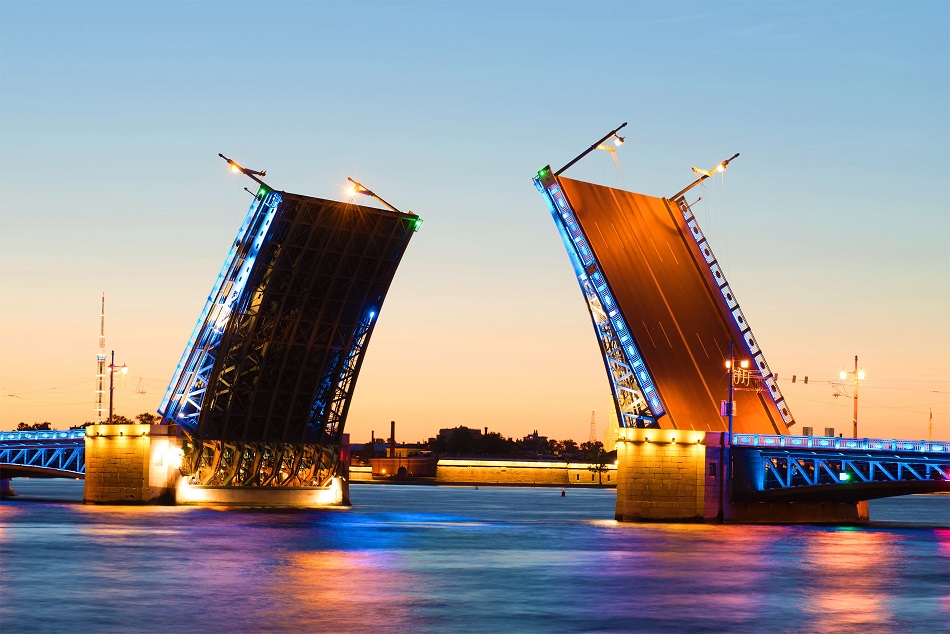
Regular maintenance also imposes a significant financial burden, typically requiring a budget of 2-4% of the total construction cost. In the United States, annual expenditures for inspections, road surface repairs, cable and joint maintenance, painting of reinforced concrete structures, and facility security can reach approximately USD 14.4 billion.
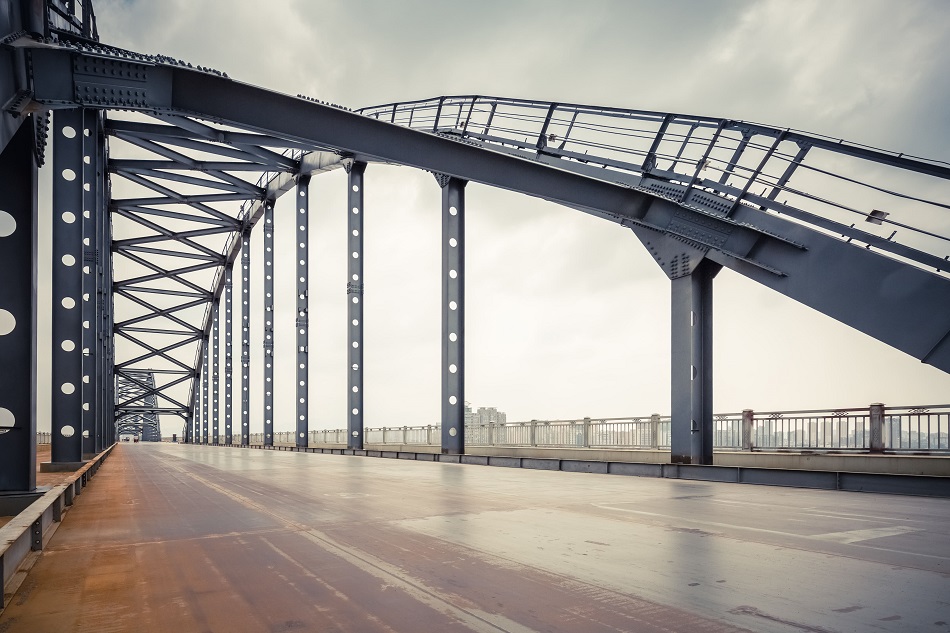
Drawbridges, in particular, are among the most expensive to construct and maintain. They necessitate three types of drives (electric, backup, and emergency), braking mechanisms, and technical rooms. Furthermore, they are susceptible to weather conditions, with operations becoming impractical at wind speeds exceeding 30 m/s.
| Bridge Type / Project | Construction Cost | Annual Maintenance (2–4%) | Example |
| Small Urban Bridge (50–200 m) | $10–50 million | $0.2–2 million | Typical urban crossings |
| Medium Road Bridge (up to 1 km) | $100–500 million | $2–20 million | Bridges over major rivers |
| Large Bridge (1–3 km, bays, straits) | $1–3 billion | $20–120 million | Russky Bridge (Vladivostok, Russia) |
| Iconic Megaproject (5–20+ km) | $5–20 billion | $100–800 million | Crimean Bridge, Hong Kong–Macau bridges |
| Drawbridge (complex mechanics) | €100–200 million | €2–8 million + drive maintenance | Jacques Chaban-Delmas Bridge (Bordeaux, France) |
In contrast, uST string rail complexes can address similar logistical challenges more efficiently and affordably. For instance, constructing a crossing over a body of water does not inherently require the complex design of a drawbridge, as demonstrated by the London municipality’s order for a retractable pedestrian bridge in 2005. Such projects often become landmarks, serving a transport function only in name.
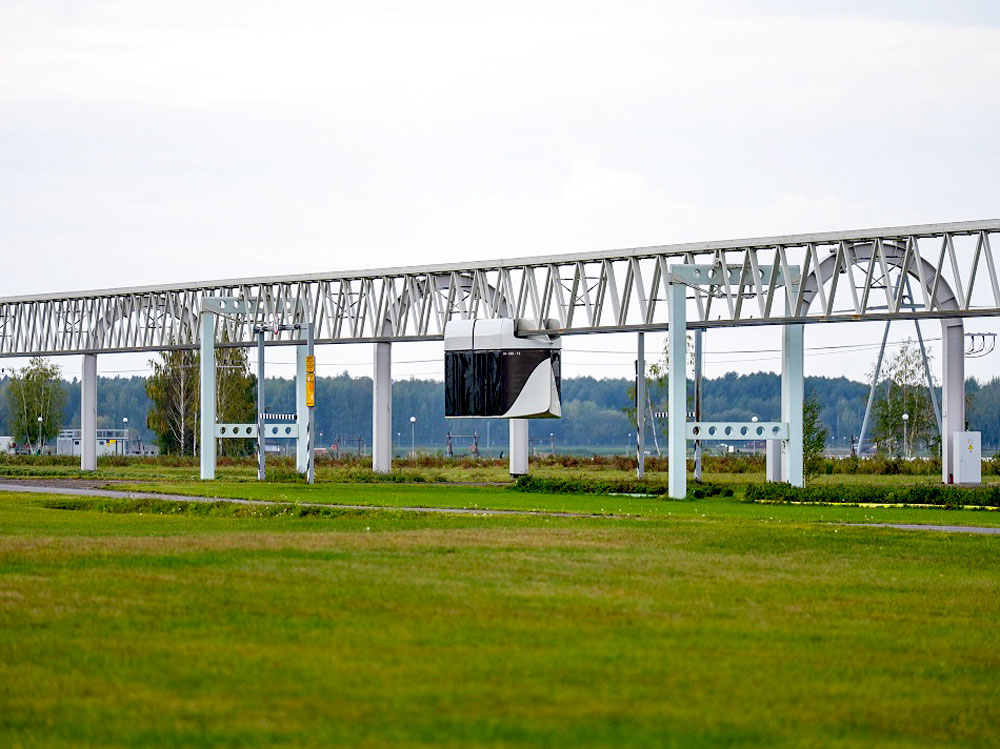
It is noteworthy that constructing 1 km of a string rail overpass is several times less expensive than building 1 km of a transport bridge. For example, the Jacques Chaban-Delmas Bridge, one of the costliest crossings, came in at USD 183 million. In contrast, the anchoring structures and supporting towers of a uST complex are visually light and can enhance urban aesthetics, providing not only a convenient transport solution but also an attractive tourist destination.
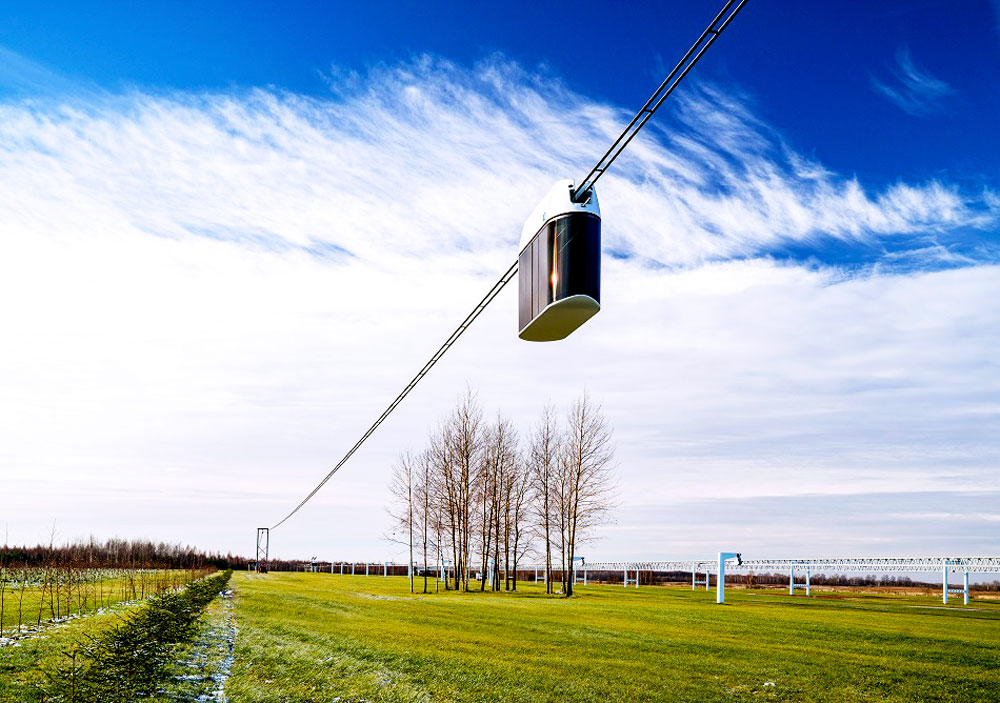
Additionally, the transport infrastructure can remain operational. The “second level” system, with track structures elevated at 10 meters, allows both above-ground passenger and water transport networks to function simultaneously without interference. This flexibility contrasts sharply with drawbridges, which halt all ground traffic for several hours when their movable sections are raised to allow vessels to pass.
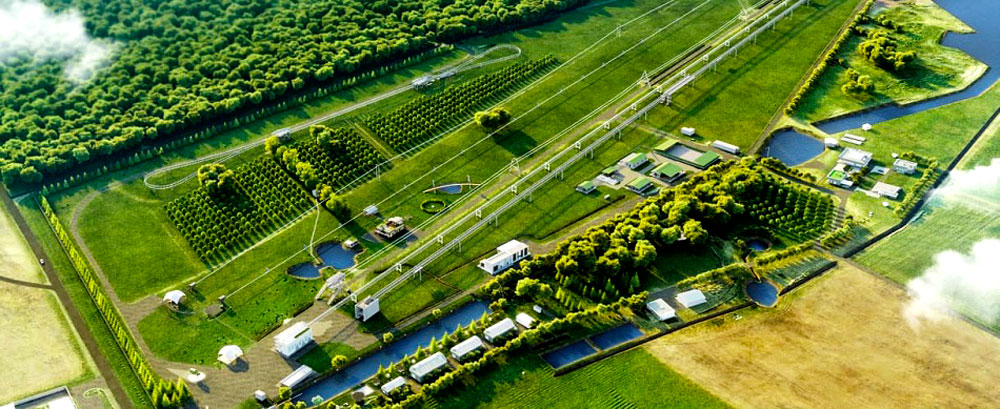
Moreover, while drawbridges are vulnerable to adverse weather, rendering them inoperable during strong gusts, uST transport is designed to withstand more extreme conditions, ensuring uninterrupted service.
Today, bridges remain a popular solution for establishing logistics routes. With advancements in technology, they can achieve impressive lengths and technical sophistication. However, the construction of bridges is costly, and their operation comes with inherent drawbacks. In this context, uST transport infrastructure complexes offer a viable alternative that can both replace and complement traditional engineering solutions, enhancing the convenience and efficiency of transport systems.
This form asks for your consent to allow us to use your personal data for the reasons stated below. You should only sign it if you want to give us your consent.
Who are we?
The name of the organisation asking you for consent to use your information is:
Global Transport Investments
Trident Chambers, P.O. Box 146, Road Town
Tortola
British Virgin Islands
We would like to use the following information about you:
Why would we like to use your information?
Global Transport Investments would like to send this information to company registry, inform you about its news, for refund purposes.
What will we do with your information?
We store your name, address, ID Data, date of birth into company registry. We will share your e-mail & phone number with IT Service (https://digitalcontact.com/), SMS Center (http://smsc.ru). They will add your details to their mailing list and, when it is news update, they will send you an email or sms with details. We store your credit card number for possible refunds.
How to withdraw your consent
You can withdraw the consent you are giving on this form at any time. You can do this by writing to us at the above address, emailing us at the address: [email protected] or by clicking on the unsubscribe link at the bottom of emails you receive.
This privacy notice tells you about the information we collect from you when you sign up to receive our regular newsletter via our website. In collecting this information, we are acting as a data controller and, by law, we are required to provide you with information about us, about why and how we use your data, and about the rights you have over your data.
Who are we?
We are Global Transport Investments. Our address is Trident Chambers, P.O. Box 146, Road Town, Tortola, British Virgin Islands. You can contact us by post at the above address, by email at [email protected].
We are not required to have a data protection officer, so any enquiries about our use of your personal data should be addressed to the contact details above.
What personal data do we collect?
When you subscribe to our newsletter, we ask you for your name and your email address.
Why do we collect this information?
We will use your information to send you our newsletter, which contains information about our products.
We ask for your consent to do this, and we will only send you our newsletter for as long as you continue to consent.
What will we do with your information?
Your information is stored in our database and is shared with with IT Service (https://digitalcontact.com/), SMS Center (http://smsc.ru). It is not sent outside of the Euro. We will not use the information to make any automated decisions that might affect you.
How long do we keep your information for?
Your information is kept for as long as you continue to consent to receive our newsletter.
Your rights over your information
By law, you can ask us what information we hold about you, and you can ask us to correct it if it is inaccurate.
You can also ask for it to be erased and you can ask for us to give you a copy of the information.
You can also ask us to stop using your information – the simplest way to do this is to withdraw your consent, which you can do at any time, either by clicking the unsubscribe link at the end of any newsletter, or by emailing, writing us using the contact details above.
Your right to complain
If you have a complaint about our use of your information, you can contact the Information Commissioner’s Office.
Rate and Comment
You can assess the importance of a particular publication and the level of its preparation. Share your opinion in the comments!